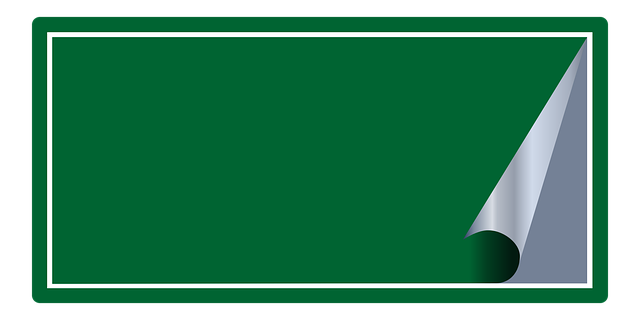Skin tags, caused by friction, weight gain, aging, and genetics, come in various types. Non-surgical methods like topical creams and cryotherapy offer safe alternatives with risks including skin discoloration and scarring. Surgical options like excision or laser treatments provide permanent removal with minimal scarring but are more expensive and require recovery time. Consultation with a dermatologist is crucial to determine the best Bradford Tag Removal approach based on tag characteristics and skin type, ensuring optimal outcomes and minimizing discomfort.
Skin tags, also known as acrochordons, are common skin growths that can be a nuisance. This article explores effective strategies for removing these harmless but often unsightly bumps, with a focus on non-surgical and surgical options. We delve into the causes and types of skin tags, providing insights to help you choose the best approach for Bradford tag removal. Additionally, we recommend products suited to different skin types, ensuring safe and successful treatment.
- Understanding Skin Tags: Causes and Types
- Non-Surgical Methods for Bradford Tag Removal
- Surgical Options for Removing Skin Tags
- Choosing the Right Product for Your Skin Type
Understanding Skin Tags: Causes and Types
Skin tags, also known as acrochordons, are small, soft lumps or bumps that grow on the skin. They typically appear in areas where skin rubs against itself, such as the neck, armpits, groin, and hands. While they are generally harmless, many people choose to remove them for cosmetic reasons. Understanding the causes and types of skin tags is essential when considering Bradford Tag Removal methods.
Causes include friction, weight gain, aging, and certain genetic factors. Skin tags come in various types, with the most common being the soft, flesh-colored tags that hang off the skin. Other types include warty skin tags, which have a rough texture and may be raised, and pigmented skin tags, which can change color and appear darker than surrounding skin. Recognizing these differences is crucial when selecting the most effective removal method for your specific skin tags.
Non-Surgical Methods for Bradford Tag Removal
When it comes to non-surgical methods for Bradford Tag Removal, there are several safe and effective options available. One popular choice is using topical creams or solutions that contain ingredients like salicylic acid, lactic acid, or glycolic acid. These acids gently exfoliate the skin, helping to shrink or eliminate skin tags over time. They are easy to apply at home and often preferred for their convenience and minimal downtime.
Another less invasive approach is cryotherapy, which involves freezing skin tags with liquid nitrogen. This procedure is typically performed in a dermatologist’s office and may require multiple treatments. While it can be effective, there is a small risk of skin discoloration or scarring. As always, consulting with a healthcare professional before attempting any at-home treatments or visiting a clinic for Bradford Tag Removal is essential to ensure the best results and minimize potential complications.
Surgical Options for Removing Skin Tags
When considering permanent solutions, surgical options for Bradford tag removal have their merits. A common and effective procedure involves a simple office visit where a dermatologist uses local anesthesia to numb the area before carefully cutting off the skin tag with a scalpel or laser. This method offers a swift resolution and minimal scarring. Another approach is cryosurgery, which freezes the skin tag to kill the tissue; however, this might result in temporary redness or swelling.
These surgical methods provide permanent removal but come with considerations. They may be more costly than other options and often require recovery time. Individuals should consult a qualified dermatologist who can advise on the best approach based on the size, type, and number of skin tags, ensuring optimal outcomes and minimal discomfort.
Choosing the Right Product for Your Skin Type
When considering the best products for removing skin tags, it’s crucial to choose a solution that aligns with your skin type to ensure optimal results and minimal irritation. Oily or acne-prone skin may benefit from oil-based or gel formulations that target skin tags effectively while keeping the surrounding area moisturized. On the other hand, dry or sensitive skin types should opt for gentle, hydrating options that soothe and heal without causing further discomfort.
For instance, in the case of Bradford tag removal, products specifically designed for normal to dry skin often incorporate soothing ingredients like aloe vera or vitamin E to alleviate dryness and flakiness commonly associated with removing skin tags. Conversely, those tailored for oily skin might include salicylic acid or glycolic acid to exfoliate and dissolve unwanted skin growths while maintaining balance in oil production.
When it comes to removing skin tags, understanding your options is key. Both non-surgical and surgical methods offer effective Bradford tag removal, each with its own advantages. Choosing the right product or procedure depends on your skin type and preferences. Always opt for professional advice for safe and successful skin tag elimination. With the right approach, you can bid farewell to these small but often bothersome growths.
